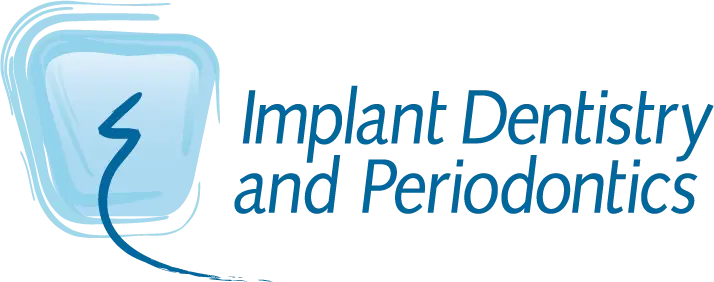Does LANAP Really Work?
The acronym LANAP stands for Laser Assisted New Attachment Procedure. This laser treatment promotes the reattachment of healthy gum and bone tissue in the jaw and oral cavity and is part of a comprehensive treatment program for periodontal disease. Periodontal disease is a common development of untreated gum disease that is allowed to progress and is characterized by a loss of attachment between the gums and teeth, which means that the attachment ligaments and gum tissue have become infected and the teeth are no longer securely held in place. Eventually, these teeth often fall out, leading to further destruction in the gums and bone that once supported the teeth. While it’s not technically possible to reverse the effects of periodontal disease, it is possible to restore the tissues of the gums and bone and help keep the teeth securely in the mouth, though the procedures required for complex restorations can take time. With LANAP technology, dentists use lasers to stimulate the growth of healthy gum tissue and help the tissues reattach more efficiently, expediting their healing.
Clinical studies of LANAP include solid success indicators, like fewer instances of tooth loss following gum surgery than with traditional treatments and other clear indicators of tissue attachment and gum regeneration. These studies also demonstrate the long-term benefits of LANAP, as over the long-term, LANAP patients show reduced rates of periodontal disease recurrence when compared with other gum tissue treatments. Because the healing period following a LANAP procedure is so brief, it’s easier to maintain continued oral hygiene without irritating tissues that are healing, and the tooth roots and bone are more effective, consistently protected. The LANAP treatment also provides an added benefit: the laser itself kills bacteria and helps with gum recovery by creating a clean slate.
Only the body can regenerate or regrow living tissue, but there are methods that dental professionals can use to support and expedite these natural healing processes. Some of these methods are more invasive than others. While LANAP won’t technically regrow gum or bone tissue, it helps expedite the patient’s own healing processes. Because there are no incisions or sutures involved, the tissue will naturally heal more readily than with more invasive procedures, and the lasers themselves promote tissue growth while sterilizing the treatment area. In the traditional treatment for advanced periodontal disease, the dentist cuts diseased tissue away with a scalpel, surgically removing any pockets of infection in the bones and gums before reshaping and suturing the gums together. While this procedure is often effective, it takes a long time to recover, and some of this recovery time can be expected to be uncomfortable, if not outright painful. The LANAP procedure differs from these procedures in many ways. Using a focused, specific light frequency laser, your dentist eliminates only the diseased tissue while killing bacteria and helping support the growth of new tissue. There is considerably less trauma to the gums with LANAP, which means the oral tissues are nowhere near as compromised as they are with traditional surgery or with advanced periodontal disease, and its multiple success indicators, both short-term and long-term, reflect this efficacy and demonstrate just how well LANAP does work.
